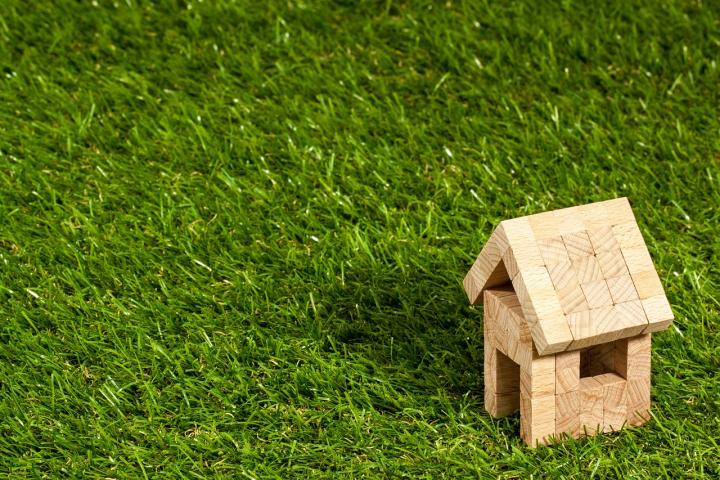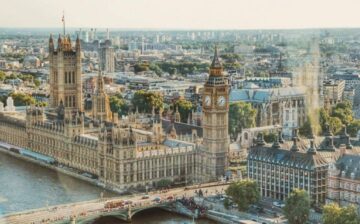There are many factors to consider when installing artificial grass. One of the most important is the base you put down underneath the turf. If you get it wrong, your lawn could look terrible and might not last as long as it should. So, what is the ideal base for artificial grass? Keep reading to find out!
The base is the foundation of artificial grass installation, get it right!
The installation of artificial grass in Mira Loma, Ca, or anywhere else, depends on the base it is laid upon. People may not think much about the base, but it is essential for a successful artificial grass installation. Issues such as poor drainage, weed growth and poor longevity can be addressed by establishing an ideal base for artificial grass. It is highly recommended to create a level surface that allows water to move away from the artificial turf, as this will ensure that your artificial grass looks great all year round. Professionals strongly advise installing the artificial turf on a well-draining concrete or hardscaping base in order to ensure optimal artificial grass performance and longevity.
There are three main types of turf bases – sand, gravel, and concrete
When laying artificial turf, the chosen base is of the utmost importance. The three main types of turf bases are sand, gravel and concrete, each with its own unique attributes that must be accounted for. Sand offers better drainage and flexibility, but can become compacted over time. Gravel provides great stability, but won’t yield as well to landscaping requirements such as bends or curves. Lastly, using concrete as a base creates a very stable foundation – ideal for areas exposed to high traffic – but will require more time and effort during the installation process. It is important to choose which type of turf base is best-suited for your specific project needs in order to ensure a successful installation of artificial turf.
Sand is the most popular type of base for artificial turf because it’s easy to work with and provides good drainage
As artificial turf becomes increasingly popular for both commercial and residential applications, many consumers are left wondering what the best base is for laying their new lawn. While there are a few different options on the market, sand is by far the most popular type of base for artificial turf. The main reason for this is that sand is relatively easy to work with and provides good drainage.
Gravel is a more durable option than sand, but it can be difficult to install evenly
When it comes to laying artificial grass, having the ideal base is important. Gravel can be a more durable option than sand, but it must be installed precisely and evenly for maximum results. This can be difficult for DIY enthusiasts without the proper experience and resources, and therefore great care should be taken when installing your own gravel base as part of an artificial turf project. Professional installers may be best positioned to achieve this due to their experience, so you may want to consider using them if precise gravel installation is important in your artificial turf project.
Concrete is the strongest and most durable option, but it’s also the most expensive
When it comes to laying artificial grass, concrete is the most durable and strong base material. Though it is on the expensive side compared to other options, by going with concrete you are investing in a long-lasting and dependable base for your artificial grass. This can also save you money on repairs or maintenance down the line, as concrete forms an incredibly strong foundation that will be resistant to water damage or other types of wear and tear. Despite its higher cost, concrete is often worth the added expense for those looking for a reliable base for their artificial grass installation.
Ultimately, the best type of base for your artificial turf depends on your budget and preferences
Ultimately, the type of base you choose for your artificial turf largely depends on your budget and preferences. Though gravel is an affordable option, sand is notably better at draining water and locking the blades in place – providing a more evenly-textured and realistic feel. If you have a limited budget, a combination of crushed stone and gravel are recommended as an economic alternative. Lastly, if neither of those options fits your budget or needs, you may also find success with cement or concrete. Every homeowner has different needs when it comes to artificial turf and thankfully there’s no shortage of bases to choose from!
The base is the foundation of any artificial grass installation, so it’s important to choose the right type for your needs. Sand is the most popular option because it’s easy to work with and provides good drainage. Gravel is a more durable choice, but it can be difficult to install evenly. Concrete is the strongest and most durable option, but it’s also the most expensive. Ultimately, the best type of base for your artificial turf depends on your budget and preferences.
We hope you found this blog post on Turf 101: What Is the Ideal Base For Laying Artificial Grass? useful. Be sure to check out our post on 6 Different Types of Artificial Grass For your Yard for more great tips!
Have Experience in the Moving Industry? Want an Additional Income Stream? Work With All Around Moving!
Join the Work With Us program. We provide you with the carriers, or you can use your own and by joining, you could have your own company up and running very fast.
Click here to learn more and how a nominal one-time start-up fee of $275.00, gives you the “key” to have your business.






